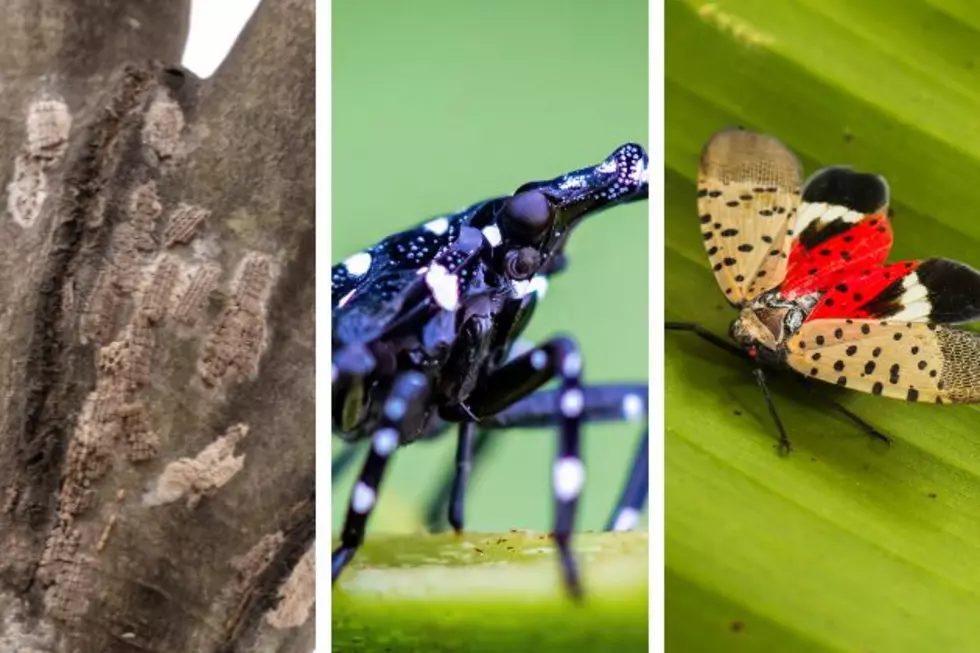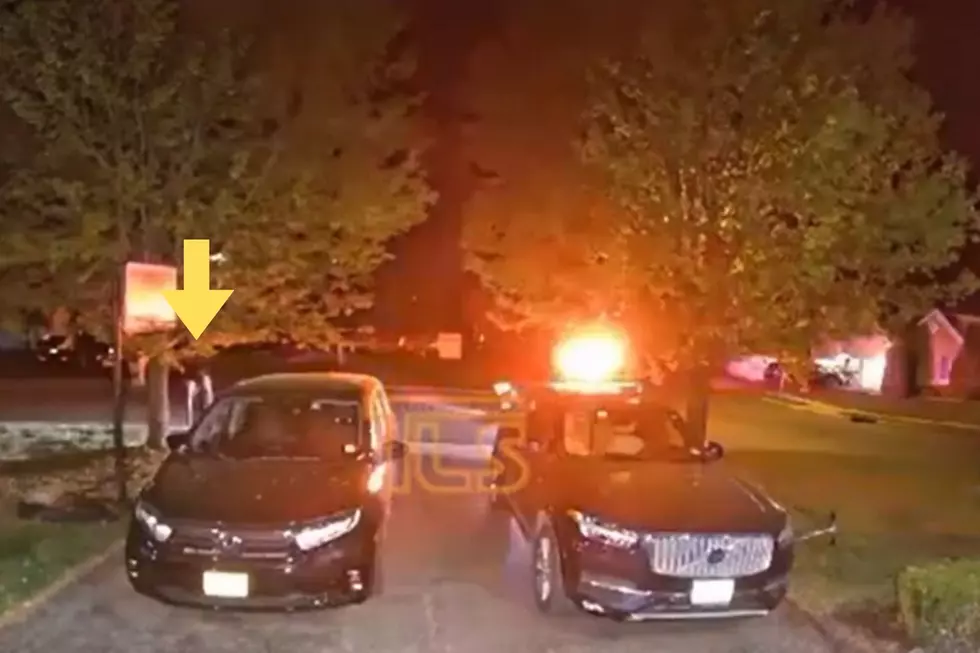
Return of the spotted lanternfly — where in NJ will have it the worst?
⚫ Hatching is just around the corner
⚫ There's still time to get rid of egg masses
⚫ NJ officials expect certain spots to experience a spike
The pesky spotted lanternfly is coming back.
New Jersey is just about next in line to see millions emerge from their eggs, feed on plants and trees, and pester residents.
If your area had a problem last year, you'll likely see them again in 2024 — unless you did your part to reduce the population.
If your area wasn't impacted by spotted lanternfly last year, you're not necessarily in the clear this time around.
"It's sporadic, at best," said Joe Zoltowski, a division director in the New Jersey Department of Agriculture.
When do spotted lanternflies hatch in NJ?
Zoltowski said spotted lanternflies should be "hatching out soon" — right around the beginning of May, as long as springlike temperatures persist.
"The southern states — they have some hatch already," he said. "Maryland just started getting hatch last week."
The Asia-native insect has established populations in every New Jersey county. In 2023, compared to prior years, officials handled fewer reports and complaints from residents in the western segment of the state, and recorded more issues in the northeast — Bergen County and surrounding areas.
"I expect that to continue because they are moving eastward," Zoltowski said.
Fighting the spotted lanternfly
Officials in the Garden State are working on managing the population, rather than eradicating it, Zoltowski said. As crews apply treatment at seaports and major transportation corridors — to limit the invasive bug's spread — select towns and counties in the state are running their own treatment and getting reimbursed by the government for the cost.
According to Zoltowski, teams have scraped approximately 150,000 egg masses from surfaces since last season. Because of that, millions of lanternflies won't have the opportunity to hatch.
For years, New Jersey has been encouraging residents to "stomp out" spotted lanternflies, and get rid of any egg masses on their property.
Each egg mass can produce 30 to 50 nymphs. New masses have a light gray mud-like appearance. Older masses are more tan and resemble cracked mud.
The insect will then develop through a number of stages before reaching its adult stage in late July or early August. Then the egg laying begins again in September.
Check out this article for ways to destroy egg masses.
Report a correction 👈 | 👉 Contact our newsroom
[carbongallery id="64b5f2889a0c2449a0c5a71"]
LOOK: 35 Vintage Cereals That Perfectly Captured Pop Culture Moments
Gallery Credit: Rob Carroll
More From New Jersey 101.5 FM









